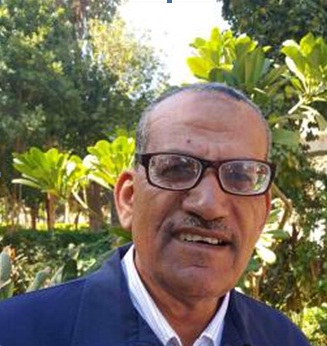The Hammamat Group includes a thick succession of unmetamorphosed clastic sediemnts in the eastern desert of Egypt. The unconformity relationship with the underlying Dokhan volcanics and older rocks is recorded in several occurrences. However, it is established that the Hammamat sediments and DOkhan volcanics were formed penecontemporaneously. The present study deals with detail study of two occurrences of basal conglomerates, the first lies SW port Safaga and the second one occupies the southern tributary of wadi Um Gheig.
Generally, petrographical and geochemical studies reveal that the pebbles are composed of DOkhan volcanics (basalt, andesite, dacite and rhyolite), subordinate meta-andesite and granite characterized by hypidiomorphic, granophyric, myrmekitic, graphic and porphyritic textures. The Dokhan volcanics and meta-andesite are calc-alkaline and were probably formed in well developed island arcs and active continental margin. Whereas, the granite exhibits calc-alkaline character with slight tendency toward alkaline and were probably formed in island arc granitoids (IAG) and continental arc granitoids (CAG) environment.
The rhyolite and granite are comarable in composition with felsite and younger granite, respectively. Moreover, the plotted measured deformed pebbeles indicate that the Hammamat Group with the underlying basal conglomerates is locally tectonically incorporated in waning a folded and thrusted Pan-African belt and affected by normal faults.

